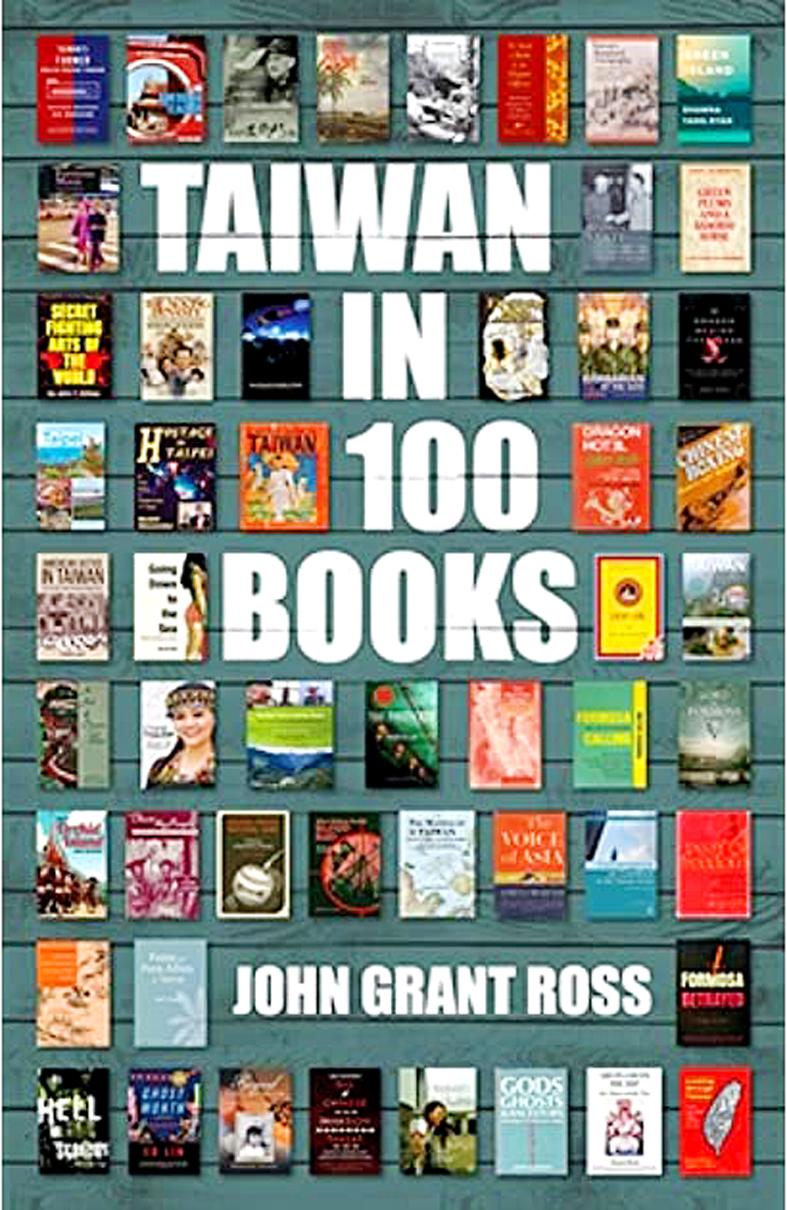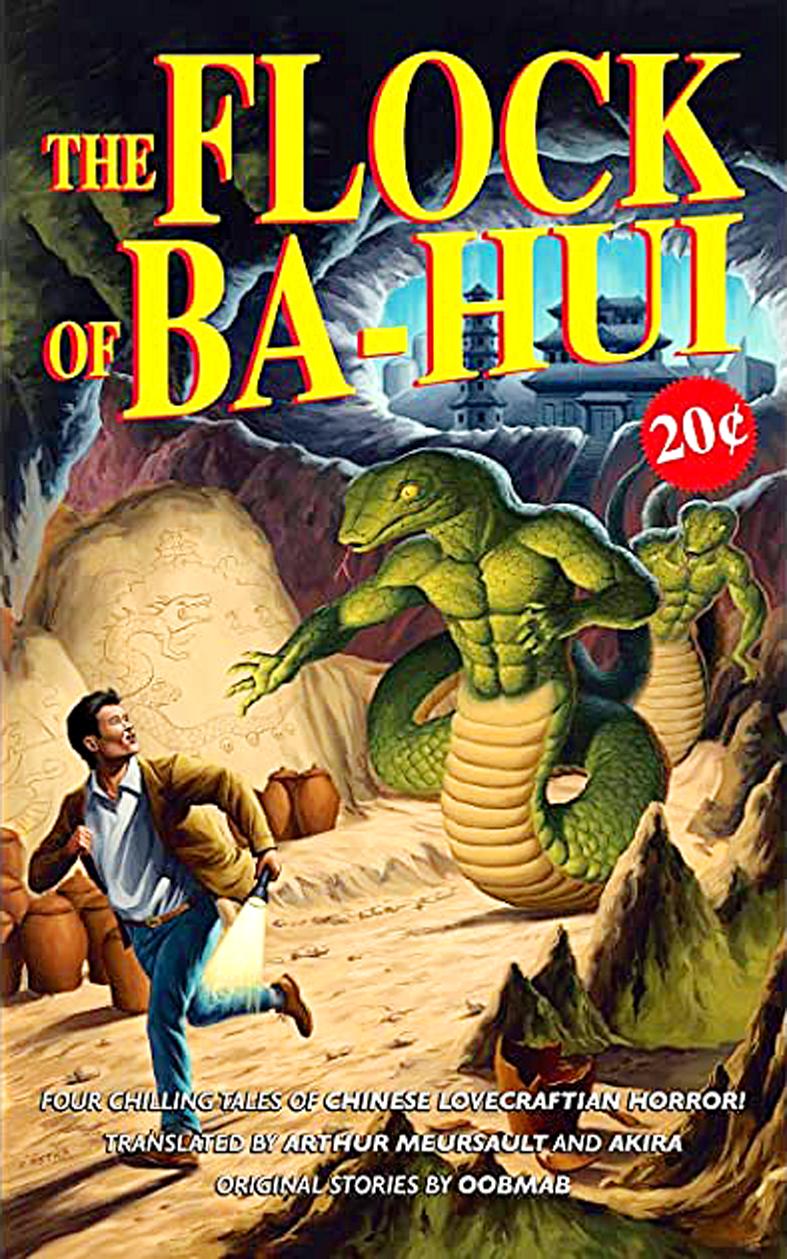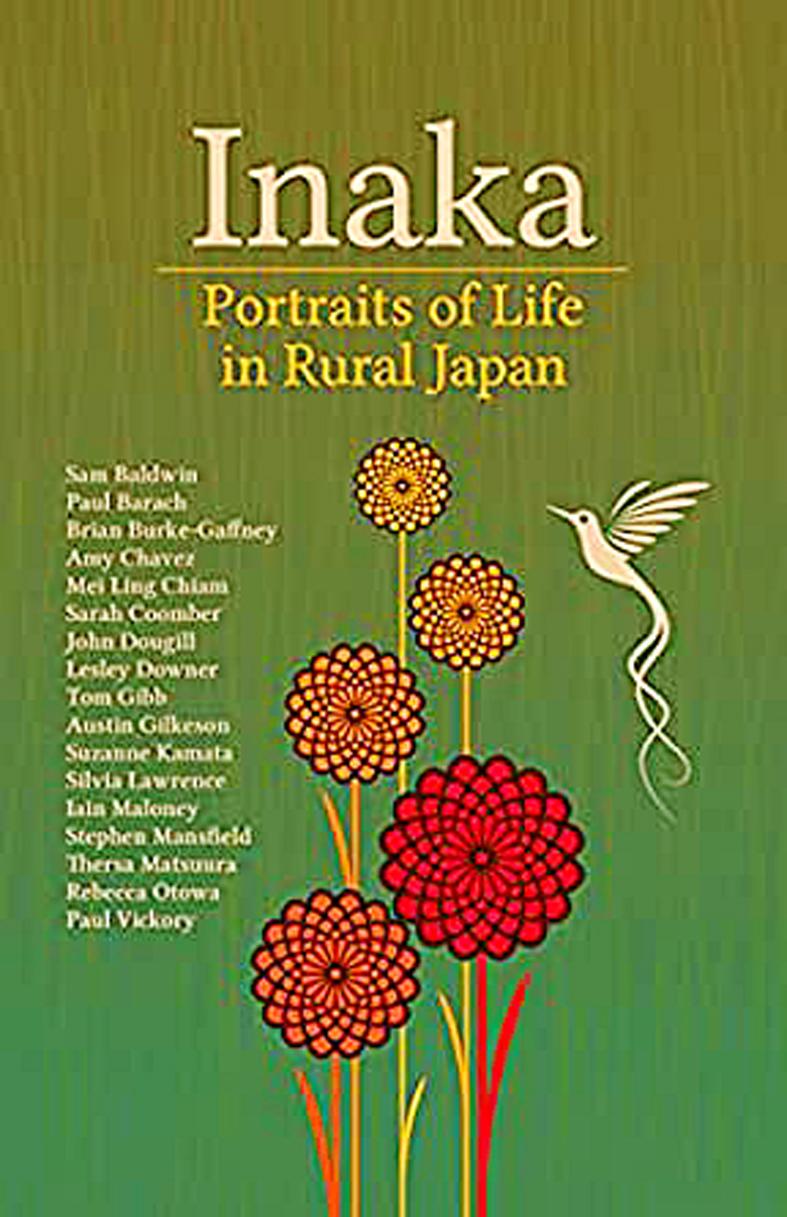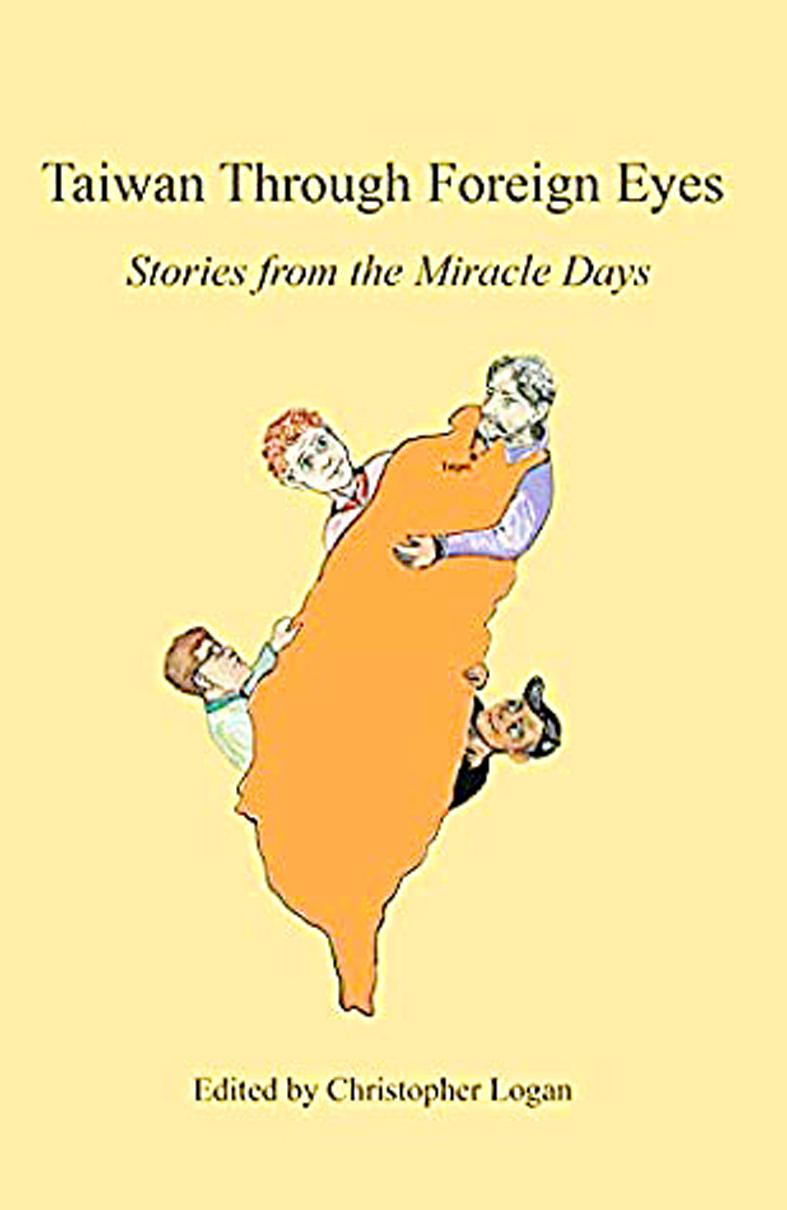There is absolutely no doubt that the most impressive Taiwan-related book to appear this year was John Ross’s Taiwan in 100 Books (Camphor Press, reviewed July 23). This stupendous production is extraordinarily wide-ranging and, whereas it doesn’t actually constitute a history of the nation, it covers very many of its aspects. Ross goes into the background detail of his selected topics as well as of their authors, making this book something to read in its own right and to refer to. Incomparable.
The Flock of Ba-Hui And Other Stories, also from Camphor and reviewed on Feb. 20, was the most sensational — and lurid. It contains four long stories by a Chinese follower of H.P. Lovecraft, “Oobmab.” Translated by Arthur Meursault and “Akira,” the stories are awash with glutinous black substances found in unexpectedly familiar circumstances. All but one of the stories are set in China.
Simon Pridmore’s Dive into Taiwan, Sandsmedia, reviewed Jan. 16, is a treasure to read and to hold. It covers scuba diving in every conceivable location, and is beautifully illustrated by photographer Kyo Liu (劉守全). Pridmore is a diving specialist, but thinks Taiwan has been insufficiently appreciated as a diving location.

Camphor returns with Inaka: Portraits of Life in Rural Japan, reviewed on Sept. 17. A majority of Japanese now reside in cities, but if anything this makes the extremely varied Japanese countryside all the more attractive to anyone looking for lifestyles that were once more common than they are today.
Lastly, Taiwan Through Foreign Eyes, Deep World Publishing, reviewed on Aug. 13, is surprisingly memorable — surprisingly because most of its 18 short stories were penned over 10 years ago. I was warned about this, but nonetheless in the event found the collection well worth reading.





Feb. 17 to Feb. 23 “Japanese city is bombed,” screamed the banner in bold capital letters spanning the front page of the US daily New Castle News on Feb. 24, 1938. This was big news across the globe, as Japan had not been bombarded since Western forces attacked Shimonoseki in 1864. “Numerous Japanese citizens were killed and injured today when eight Chinese planes bombed Taihoku, capital of Formosa, and other nearby cities in the first Chinese air raid anywhere in the Japanese empire,” the subhead clarified. The target was the Matsuyama Airfield (today’s Songshan Airport in Taipei), which

On Jan. 17, Beijing announced that it would allow residents of Shanghai and Fujian Province to visit Taiwan. The two sides are still working out the details. President William Lai (賴清德) has been promoting cross-strait tourism, perhaps to soften the People’s Republic of China’s (PRC) attitudes, perhaps as a sop to international and local opinion leaders. Likely the latter, since many observers understand that the twin drivers of cross-strait tourism — the belief that Chinese tourists will bring money into Taiwan, and the belief that tourism will create better relations — are both false. CHINESE TOURISM PIPE DREAM Back in July

Could Taiwan’s democracy be at risk? There is a lot of apocalyptic commentary right now suggesting that this is the case, but it is always a conspiracy by the other guys — our side is firmly on the side of protecting democracy and always has been, unlike them! The situation is nowhere near that bleak — yet. The concern is that the power struggle between the opposition Chinese Nationalist Party (KMT) and their now effectively pan-blue allies the Taiwan People’s Party (TPP) and the ruling Democratic Progressive Party (DPP) intensifies to the point where democratic functions start to break down. Both

This was not supposed to be an election year. The local media is billing it as the “2025 great recall era” (2025大罷免時代) or the “2025 great recall wave” (2025大罷免潮), with many now just shortening it to “great recall.” As of this writing the number of campaigns that have submitted the requisite one percent of eligible voters signatures in legislative districts is 51 — 35 targeting Chinese Nationalist Party (KMT) caucus lawmakers and 16 targeting Democratic Progressive Party (DPP) lawmakers. The pan-green side has more as they started earlier. Many recall campaigns are billing themselves as “Winter Bluebirds” after the “Bluebird Action”